Authentic Fisk Tire Sign – Original Time to Re-Tire Theme – FTS900
Size : 40″ wide x 31” tall
Tin Litho
Near Mint Condition As Shown
Interesting Historical Facts
Shipping label affixed to the back Dated 7-46

Description
Authentic Fisk Tire Sign - Original "Time to Re-Tire" Theme
Authentic Fisk Tire Sign - Original "Time to Re-Tire" Theme. Americana For Sale- Dated 1946 - This Is A Vintage Tin Litho - Genuine Fisk Tire Sign - It is In Near Mint Condition As Shown . Right Out Of Its Original Shipping Box Never Hung Includes the shipping label affixed to the back. (Please Read History At Bottom Of This Page )
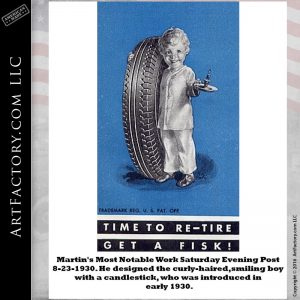 The Father of American Illustration was the multi-talented Howard Pyle. Others who gained much fame in this field included James Montgomery Flagg, Charles Dana Gibson, J.C. Leyendecker, Maxfield Parrish, Frederic Remington, Norman Rockwell and N.C. Wyeth. The vast majority of illustrators, however, received little recognition compared to the fine arts painters.
The Father of American Illustration was the multi-talented Howard Pyle. Others who gained much fame in this field included James Montgomery Flagg, Charles Dana Gibson, J.C. Leyendecker, Maxfield Parrish, Frederic Remington, Norman Rockwell and N.C. Wyeth. The vast majority of illustrators, however, received little recognition compared to the fine arts painters.
This was basically due to their artwork being viewed as more commercially than creatively inspired. Nonetheless, illustrators once played a powerful role in communicating the people's aspirations, concerns, customs, humor, labor and social interests. One of these unheralded players was Paul Martin, whose work graced the covers of Collier's, Everybody's, Farm & Fireside, Liberty, Parents and People's Home Journal from the 1920s to early 1930s. These six each at one time ranked among the leading magazines.
They all went out of business a long time ago, except for Parents. Their eventual downfall was caused by the changing times (or taste), radio and television (more attractive medium for advertisers) and economics (increased cost/decreased revenue). The more specialized ones tended to fare better. Incidentally, major advancements in photographic equipment and technology took place during the 1930s. This brought about the gradual changeover from illustrated to photographic covers.
The Fisk Tire Boy Prelude: The Fisk Rubber Company (as originally known) switched over from producing primarily bicycle to automobile tires in 1901. Their plant was located along the river-front in Chicopee Falls, Massachusetts. Its facilities were making 5,000 tires a day in the 1920s. Fisk struggled financially during most of the 1930s. They were bought out by U.S. Rubber (1940), which became known as Uniroyal Inc. (1961). Through a merger, their name changed again to Uniroyal Goodrich (1986). Four years later, this company sold its tire division to Michelin.
He completely reshaped one of the most famous characters in the history of American advertising. It was the Fisk Tire Company's yawning boy,] with the catch-phrase "Time To Re-Tire" (debut 1914). A very slight artistic touch-up turned the yawning into a smiling boy in early 1929. Martin was then commissioned to come up with a drastically different, well-defined, modern-day figure in late 1929.
During the changeover process, the lad's one-piece sleeper became a two-piece pajama. The slippers were also added. His nephew was used as the model (neck down). Still, the pose itself remained basically intact. This new version was initially used by Fisk Tires to showcase their Air-Flight brand, in advertisements and promotions.
This included twelve times in the Saturday Evening Post, between Feb. 8 and Aug. 23, 1930 .[ It was also offered to the public as an 11x14 inch art-print, via a special coupon offer in 1930. Martin drew a much scaled-down version as well, that had a slight facial change. Fisk Tires then went back to the original sleepy boy in 1935. Incidentally, Norman Rockwell drew a series of paintings surrounding the character, which were published in 1917-19 and 1924-25.
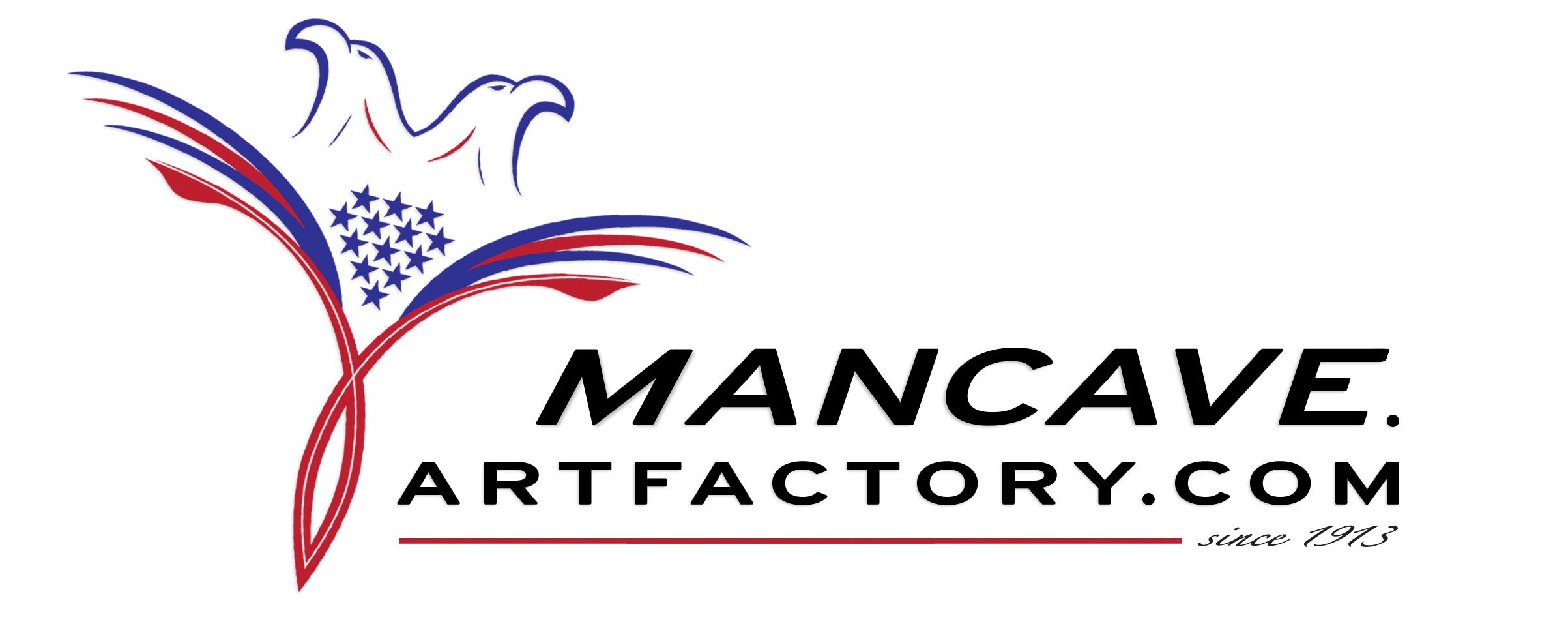

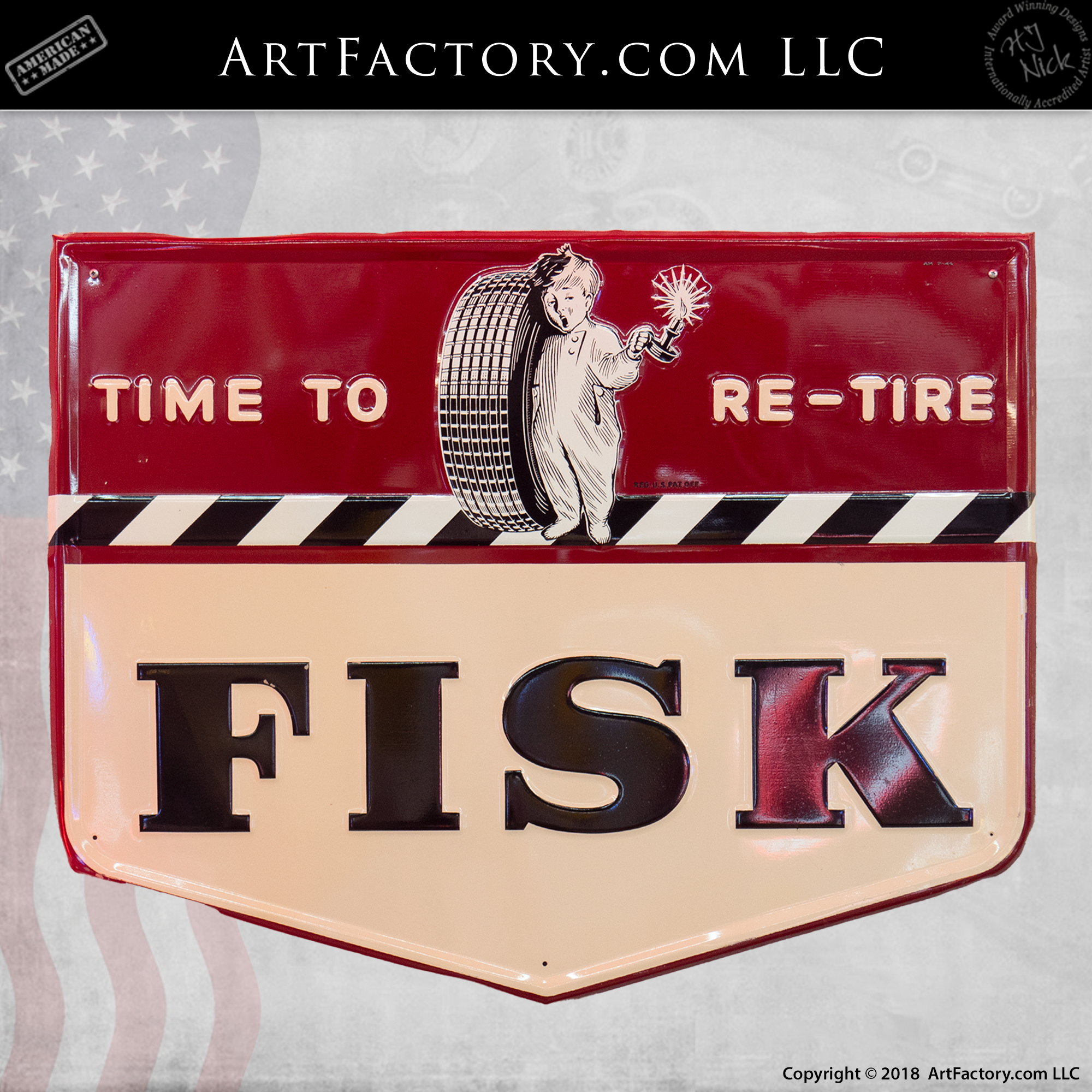
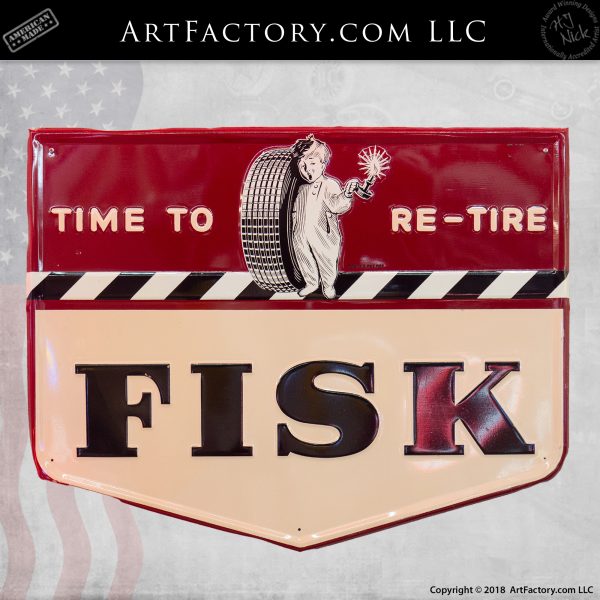

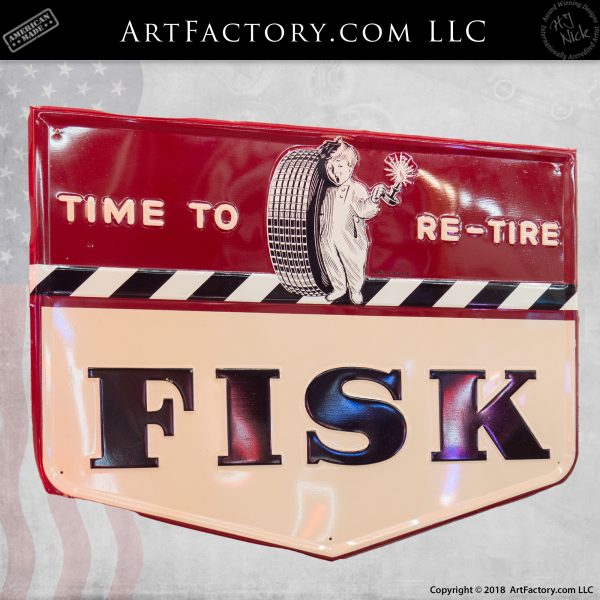


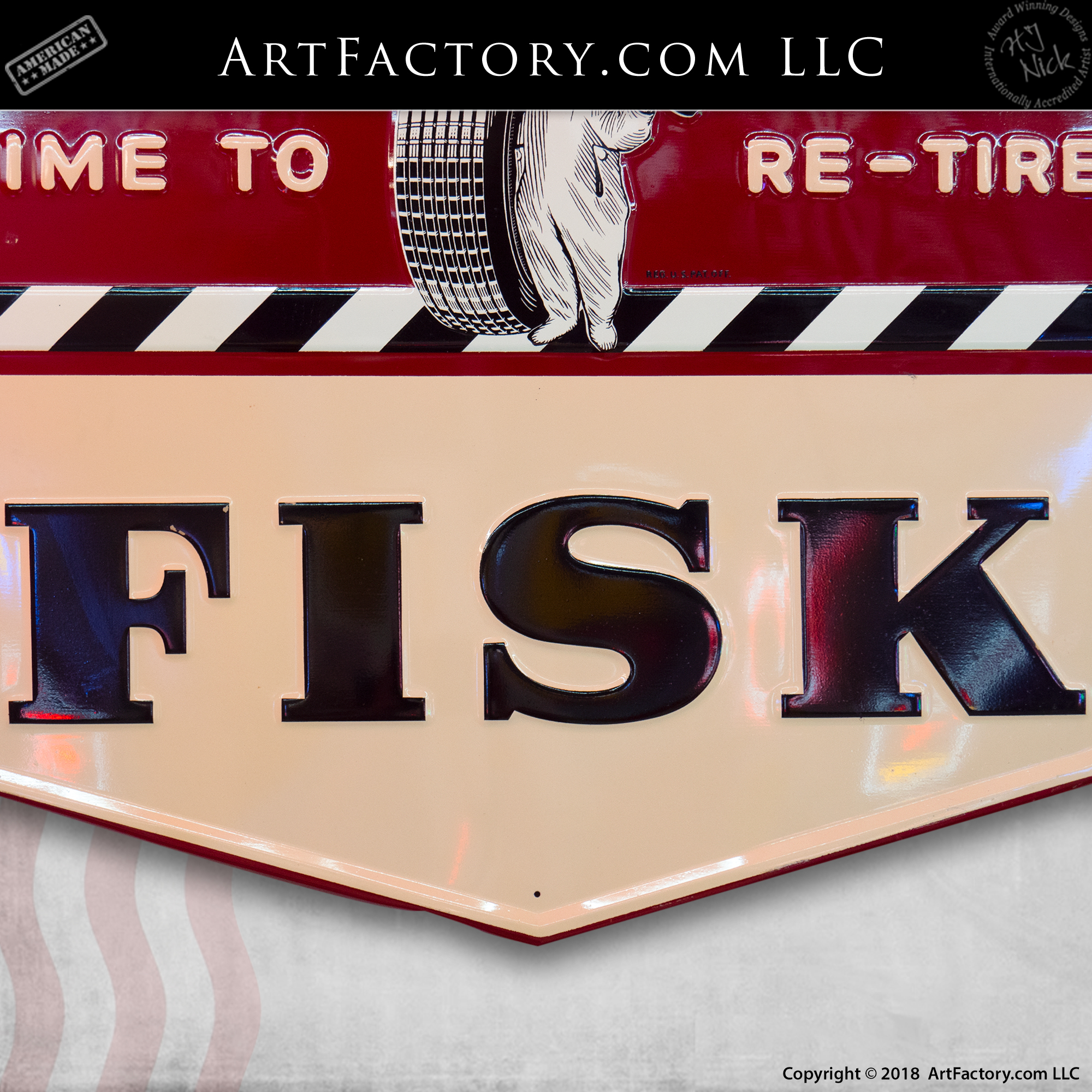


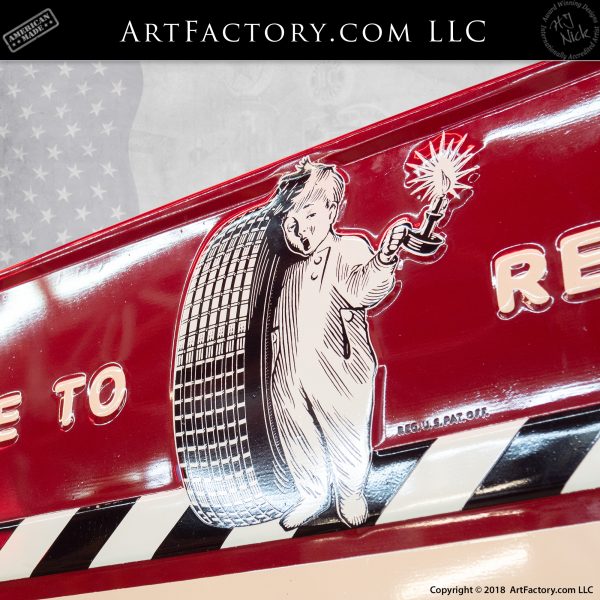
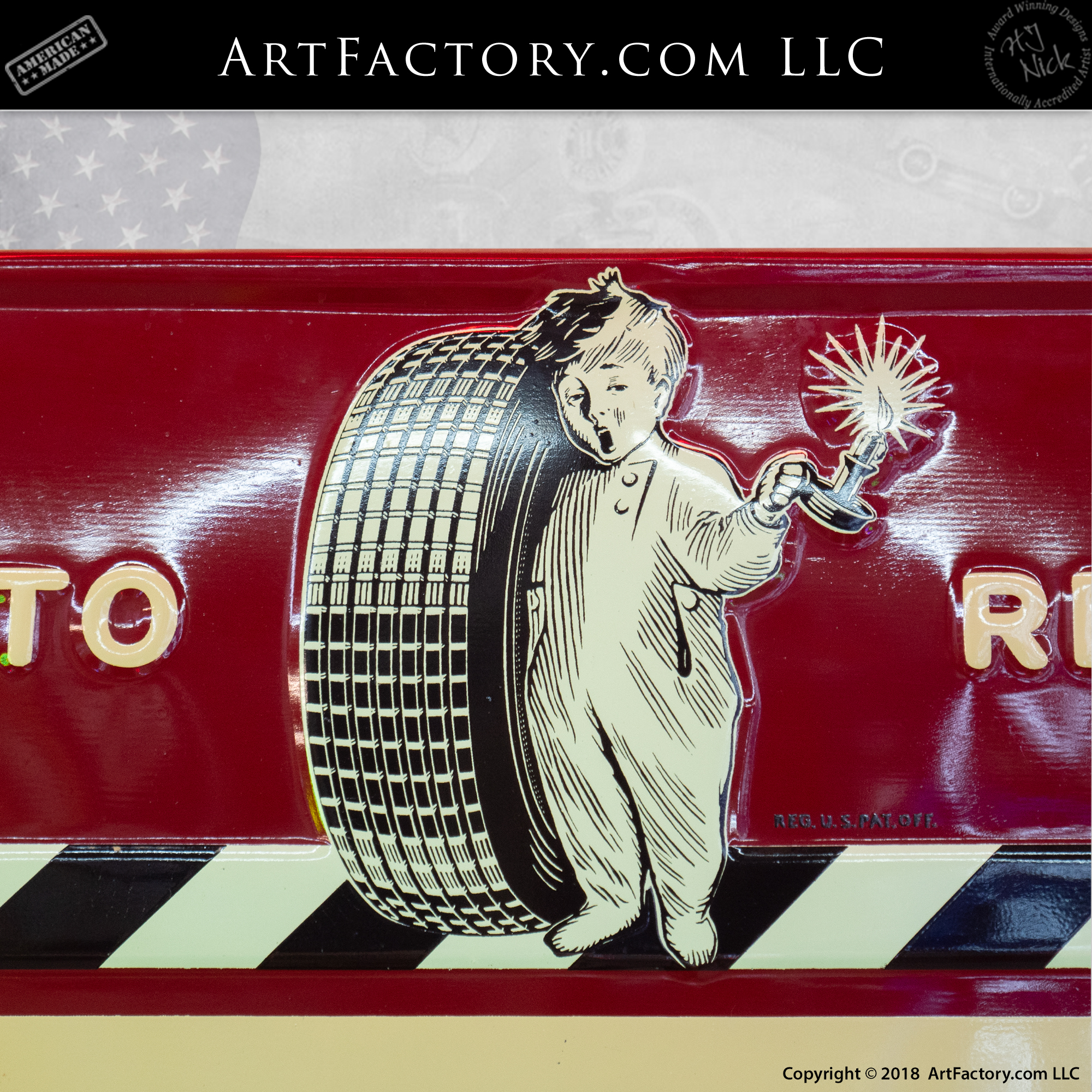

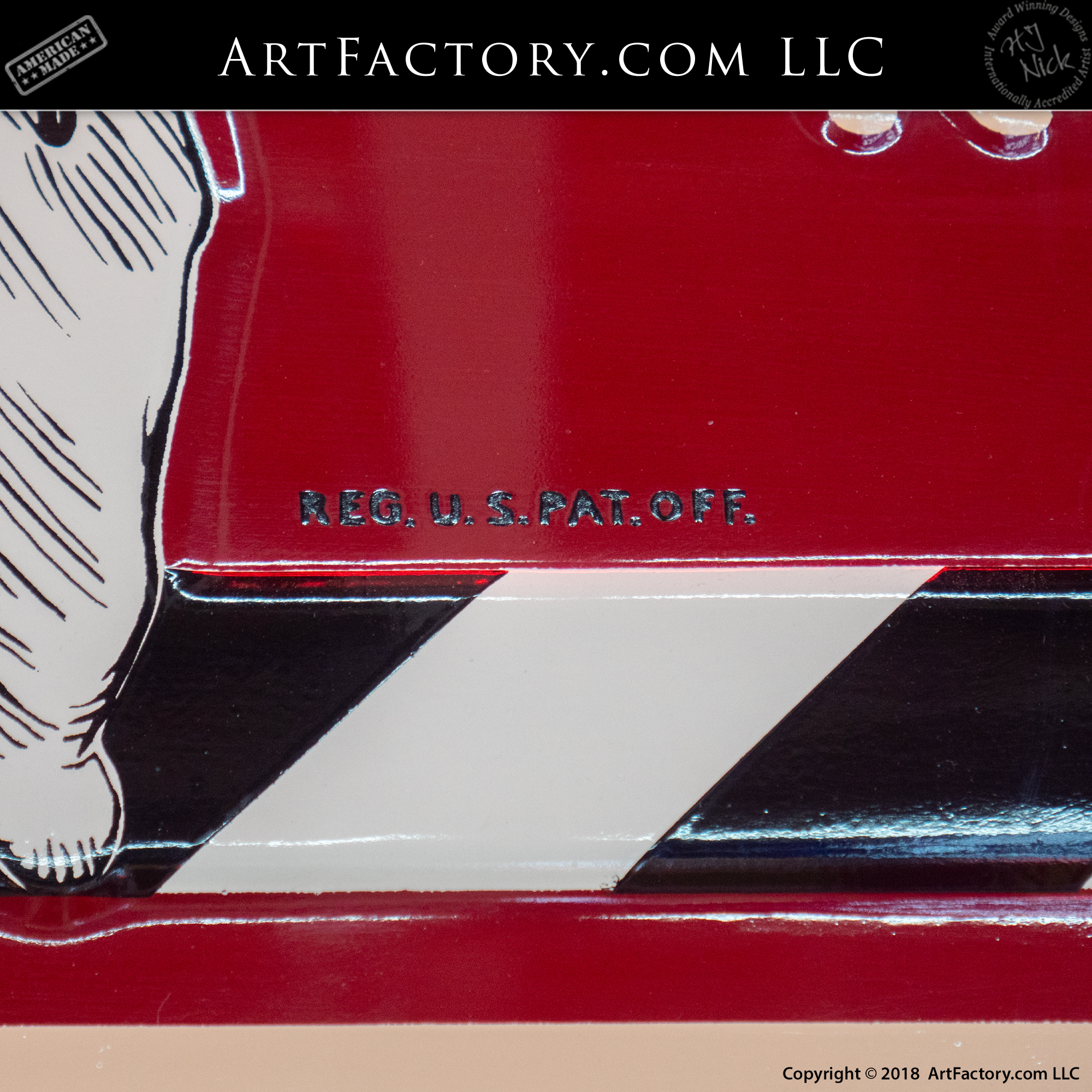
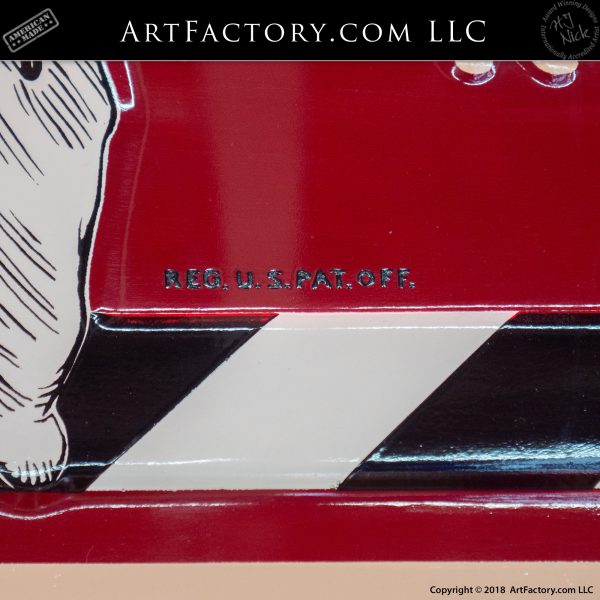
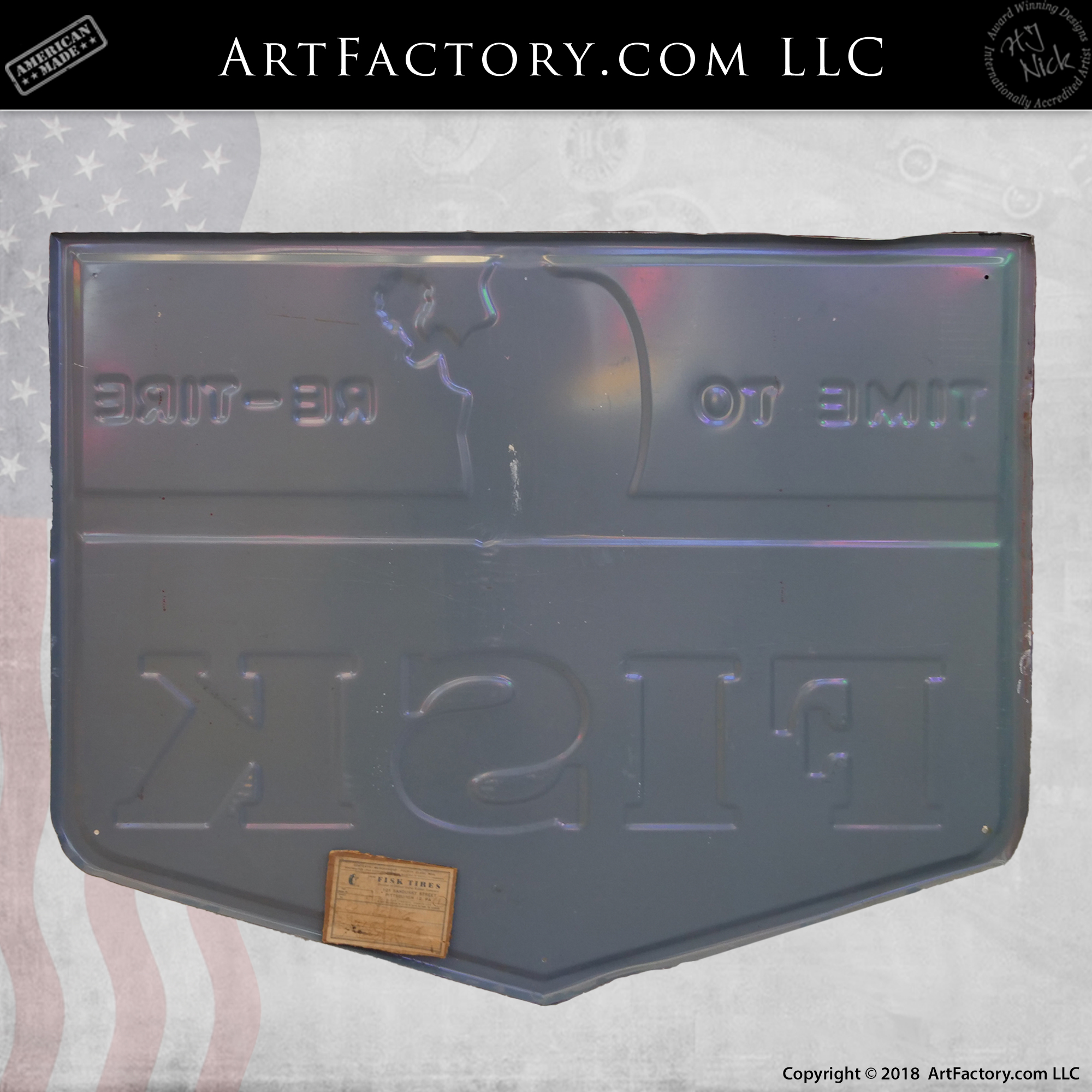
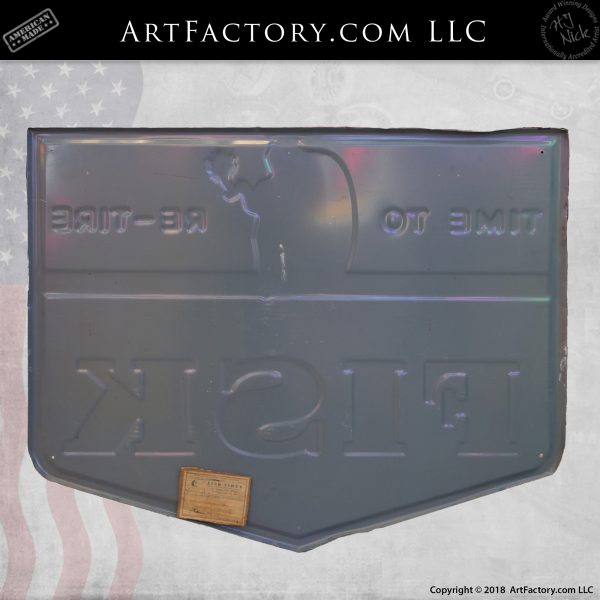
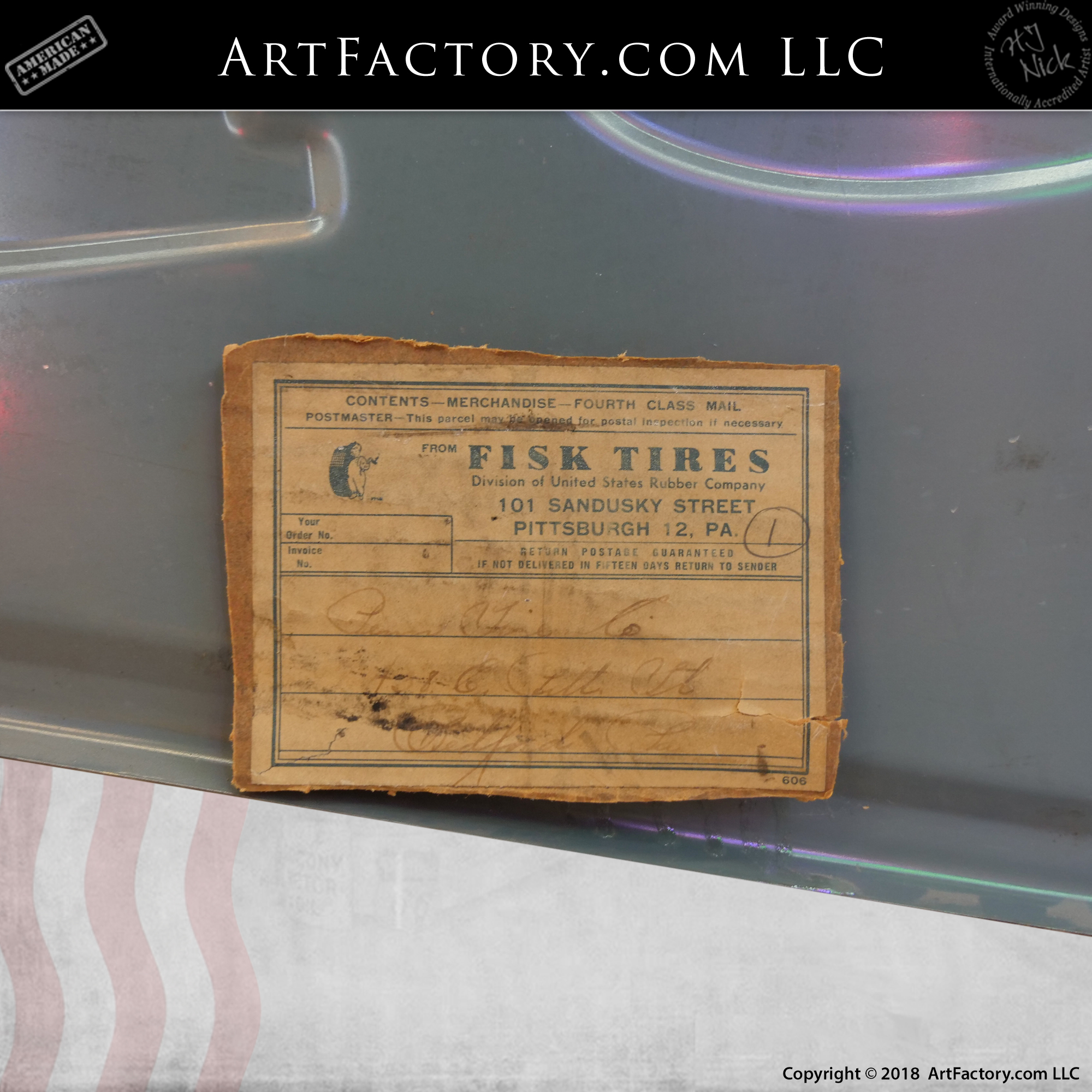
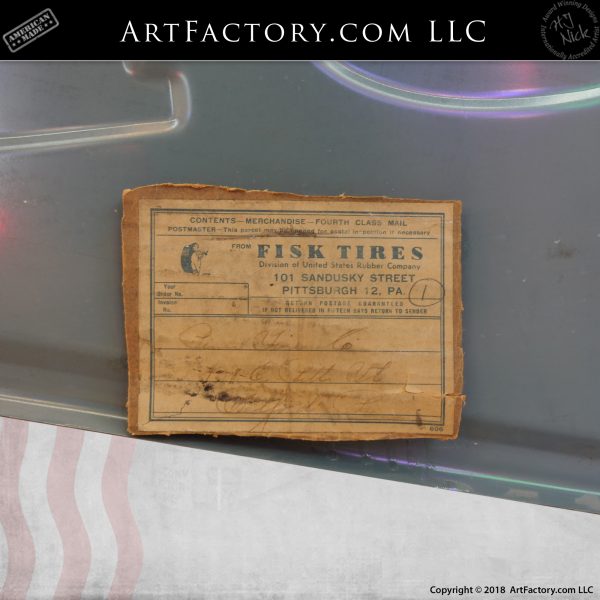
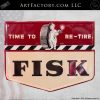
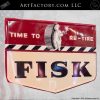

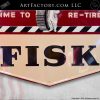
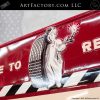
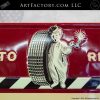
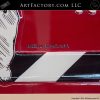
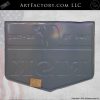
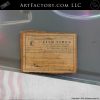










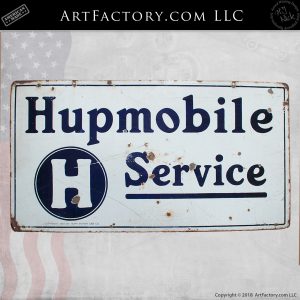


Reviews
There are no reviews yet.